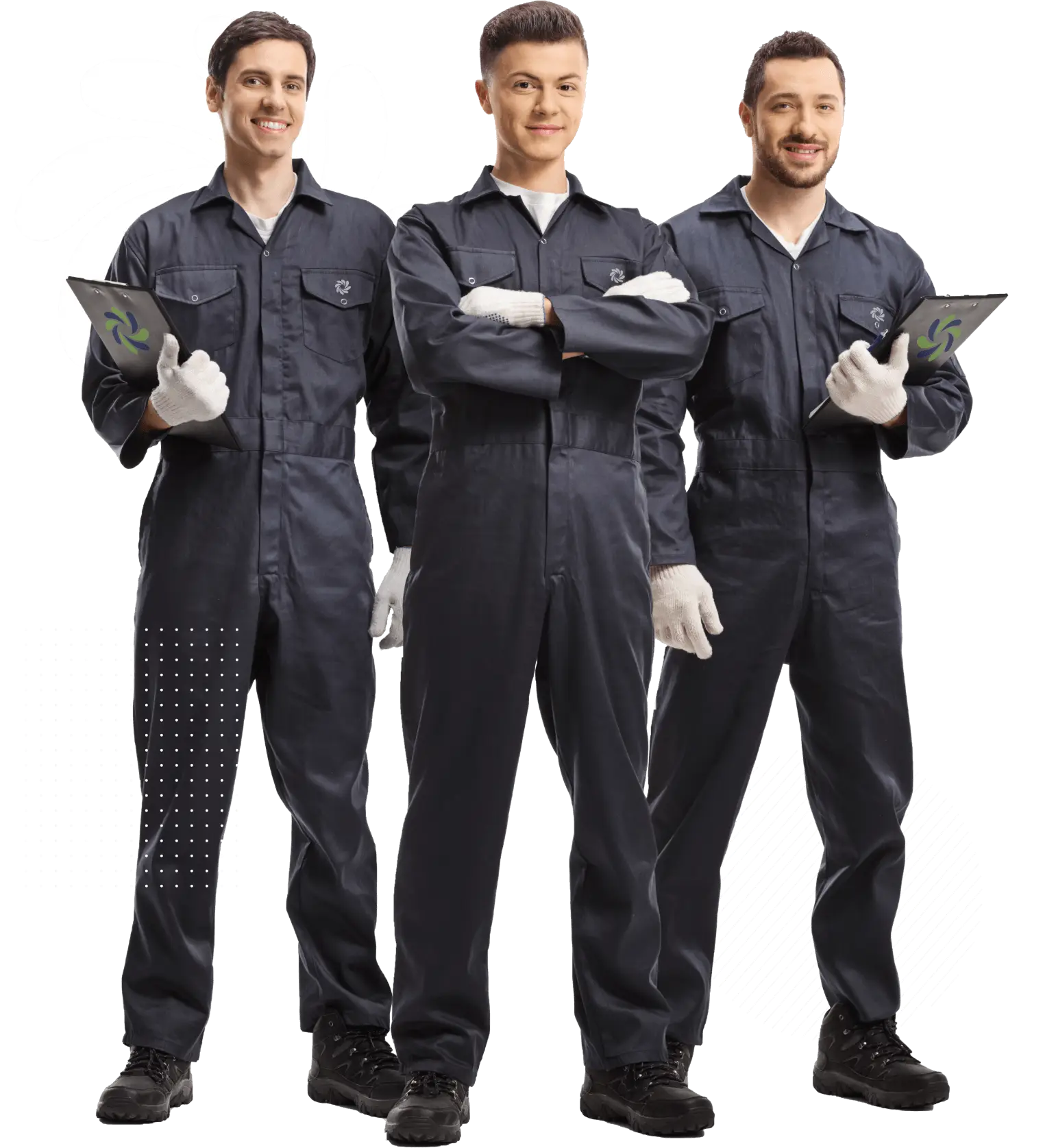Here’s what should be done as far as winterizing your HVAC system:
Why Winterize Your HVAC System.
When you have your HVAC inspected each fall/winter and spring/summer, you’ll stay on top of repairs.
Catching small malfunctions and replacing parts before they fail and cause more damage will save you money over the long haul.
What’s more, an HVAC technician will be able to ensure that your system runs efficiently so that you save money on utility bills.
Regularly scheduled maintenance is the best way to ensure that your equipment is running right and ready for the worst of the season.
Change The Filter
It’s always a good idea to start your winterization procedures by changing the air filter.
It’s the easiest step in the winterization of an HVAC system. If you didn’t change your unit’s filters last fall, it’s imperative to get a new or clean filter ready for the winter.
Some filters will last up to a year, and others may require changing every month.
Test the Thermostat
If your thermostat doesn’t work correctly, your home will be uncomfortable, and your energy bill could go through the roof.
You can test your thermostat before the cold weather arrives by turning the heat on now.
If it takes longer than you expected to warm up the home, then you might look into a new thermostat. A Wi-Fi model allows you to change the temperature when you’re away from home.
Inspect Ductwork
Your HVAC technician will make sure ducts are connected and will check for blockage. Loose ducts should be repaired, as should holes.
Check Vents
Your technician will remove vent covers, check for dirt and blockages, and see if everything is connected correctly. Dampers should be open.
To learn more about winterizing your HVAC system, call us for details.
We can service your needs 24 hours a day, seven days a week, 365 days a year.




